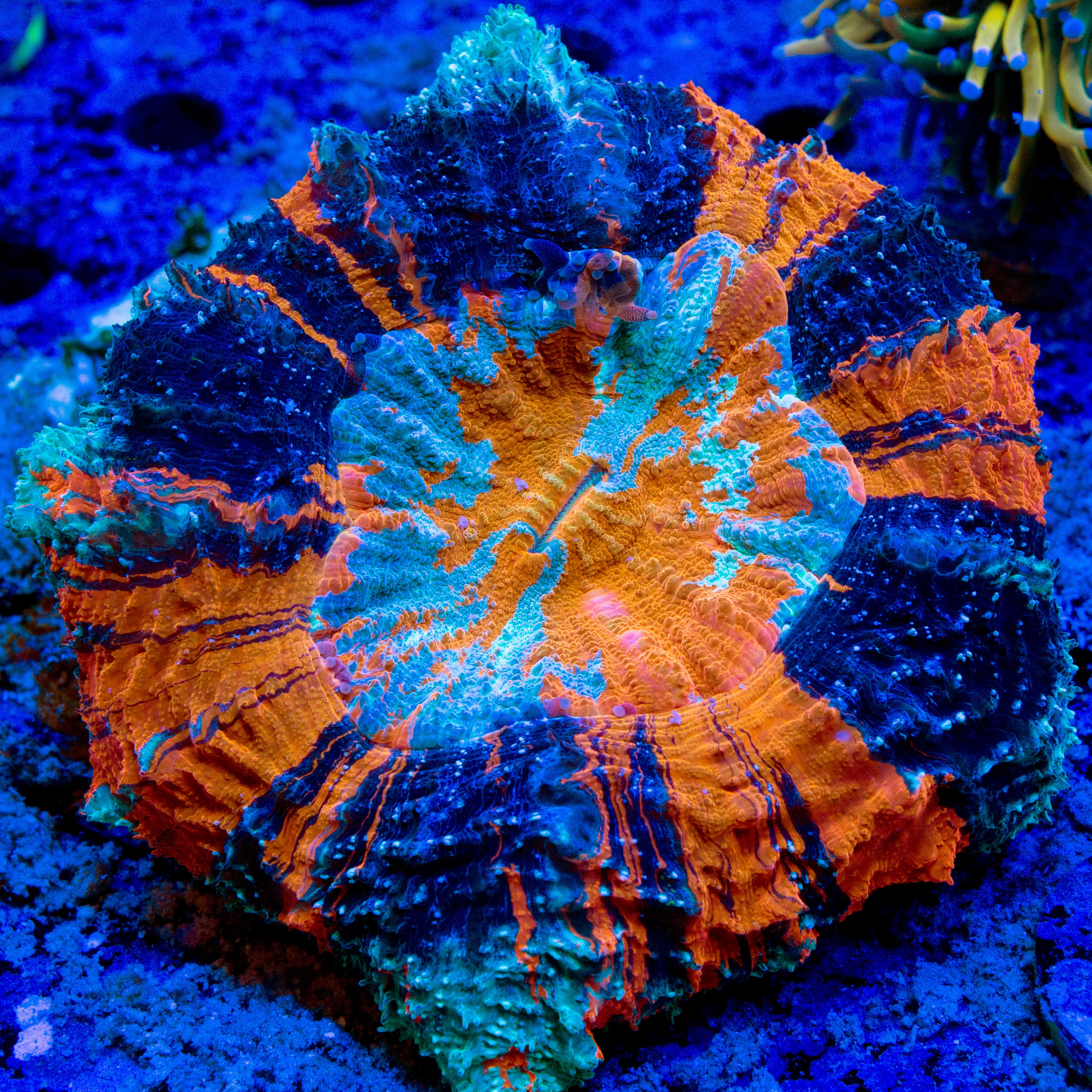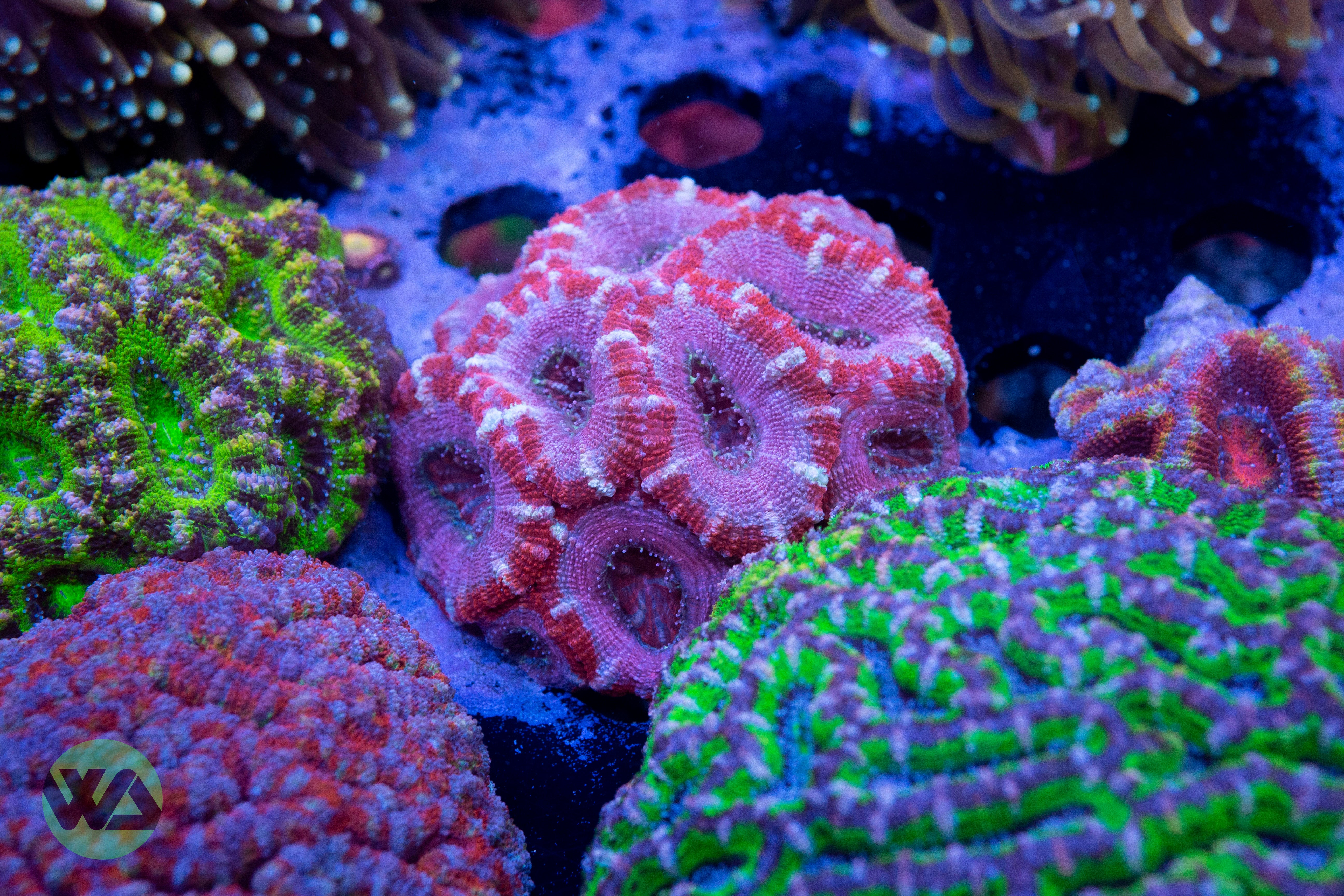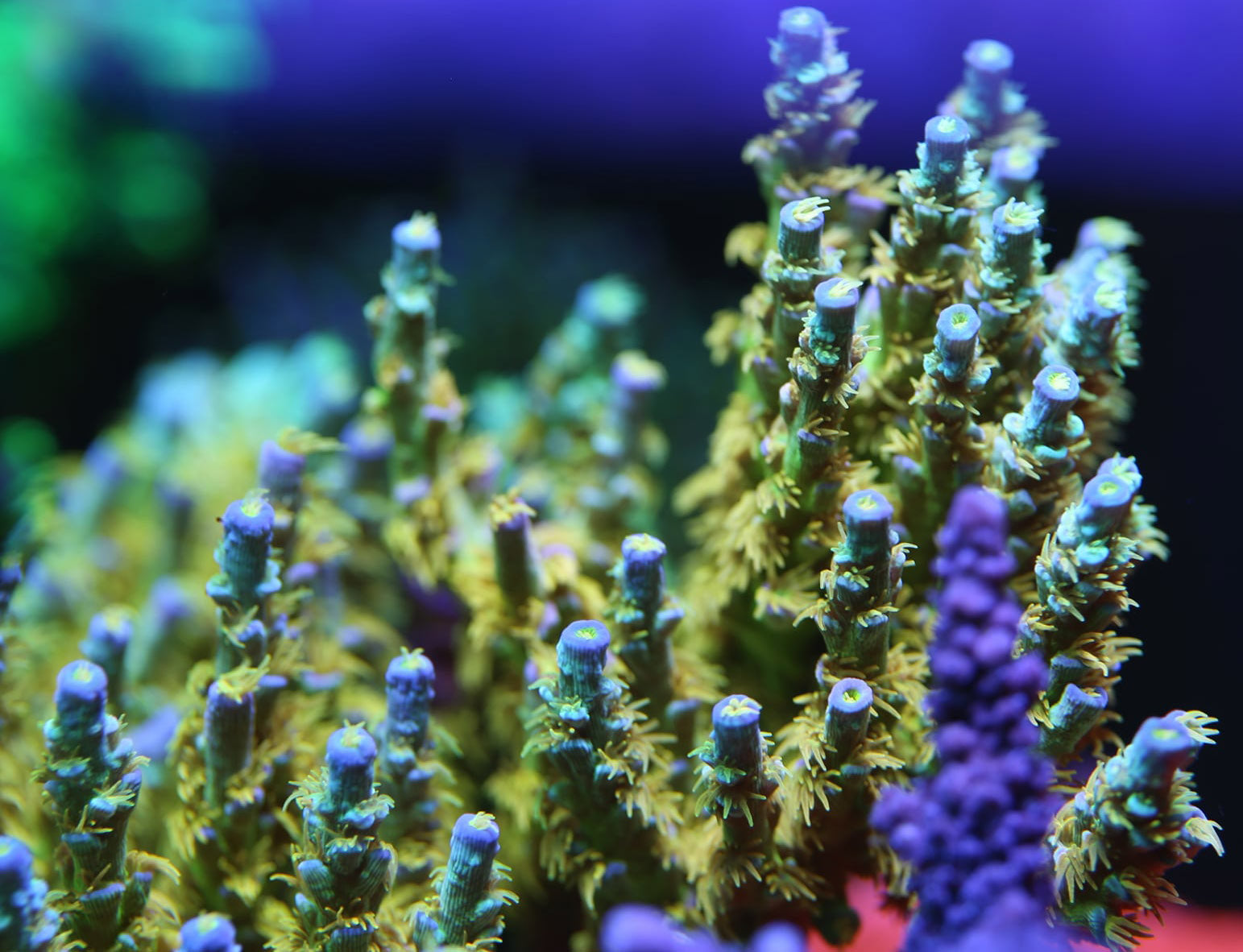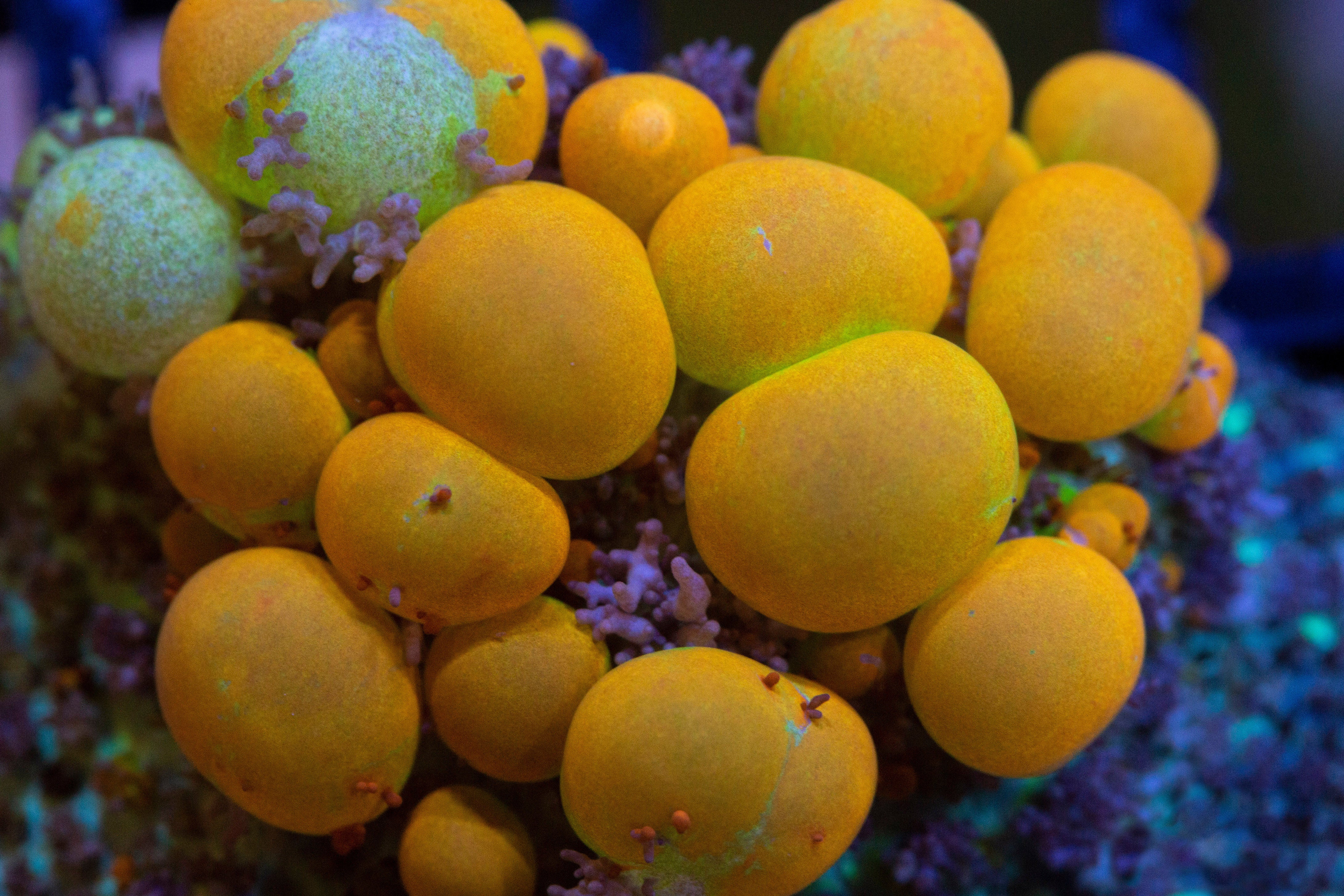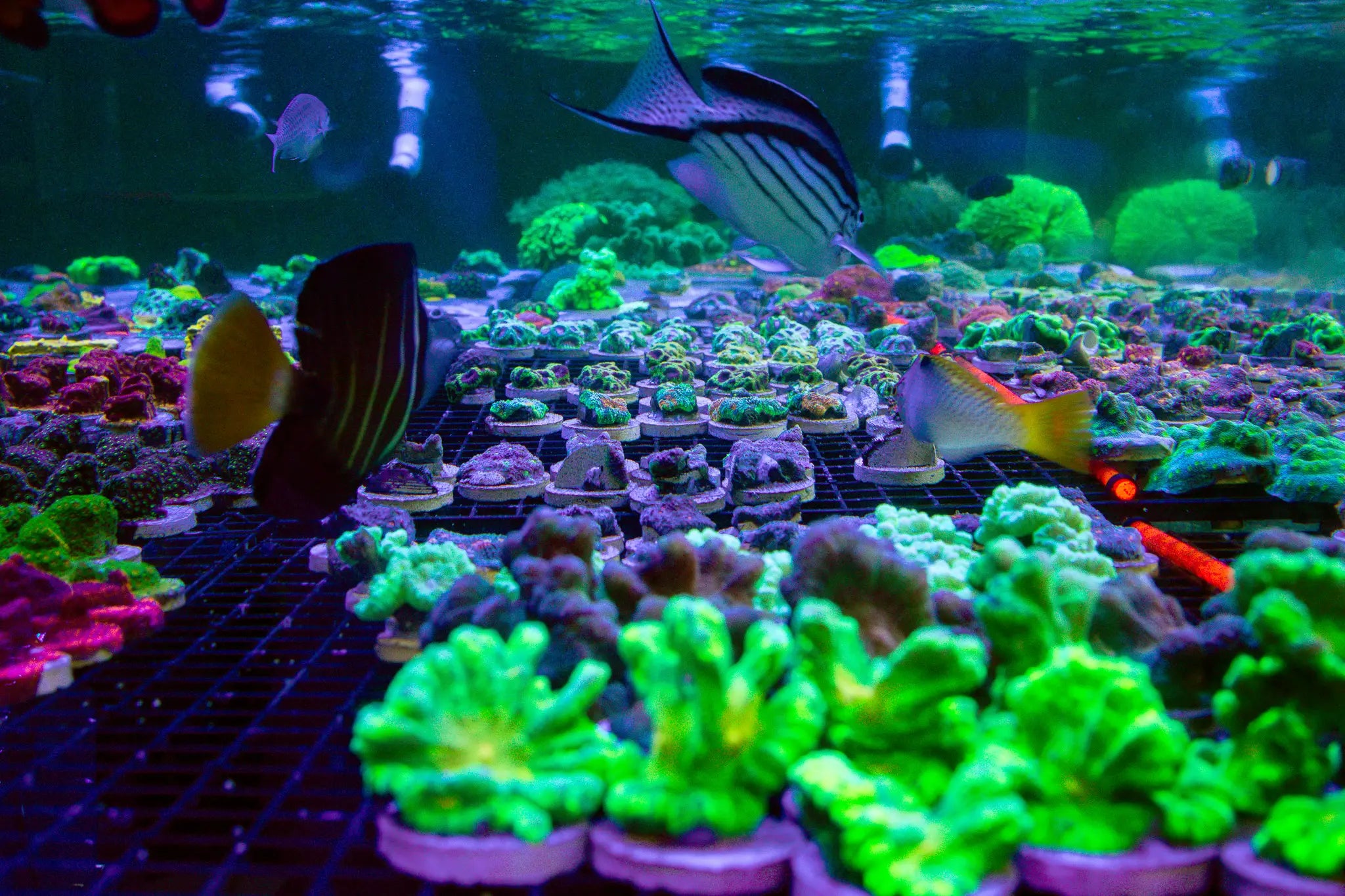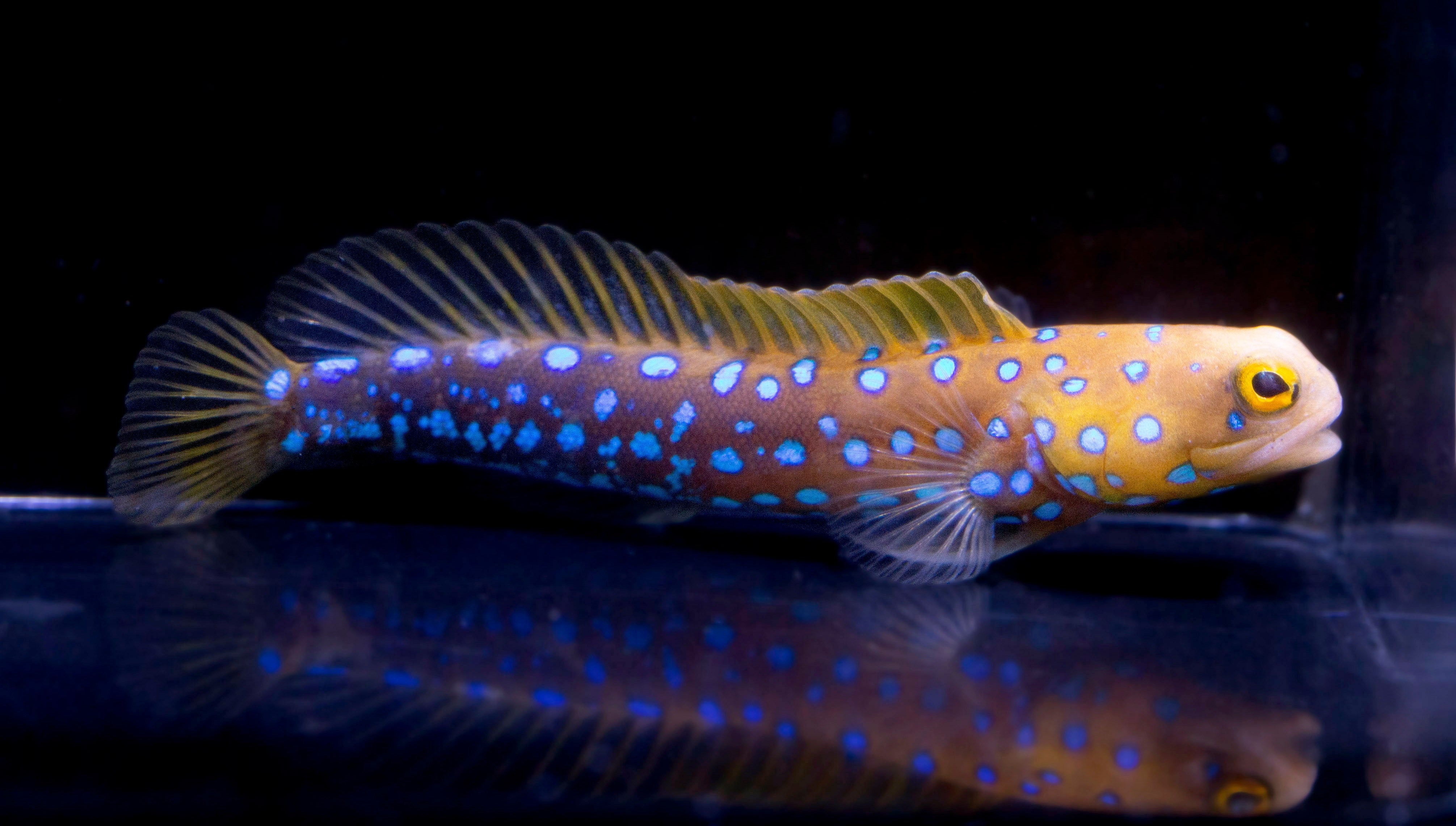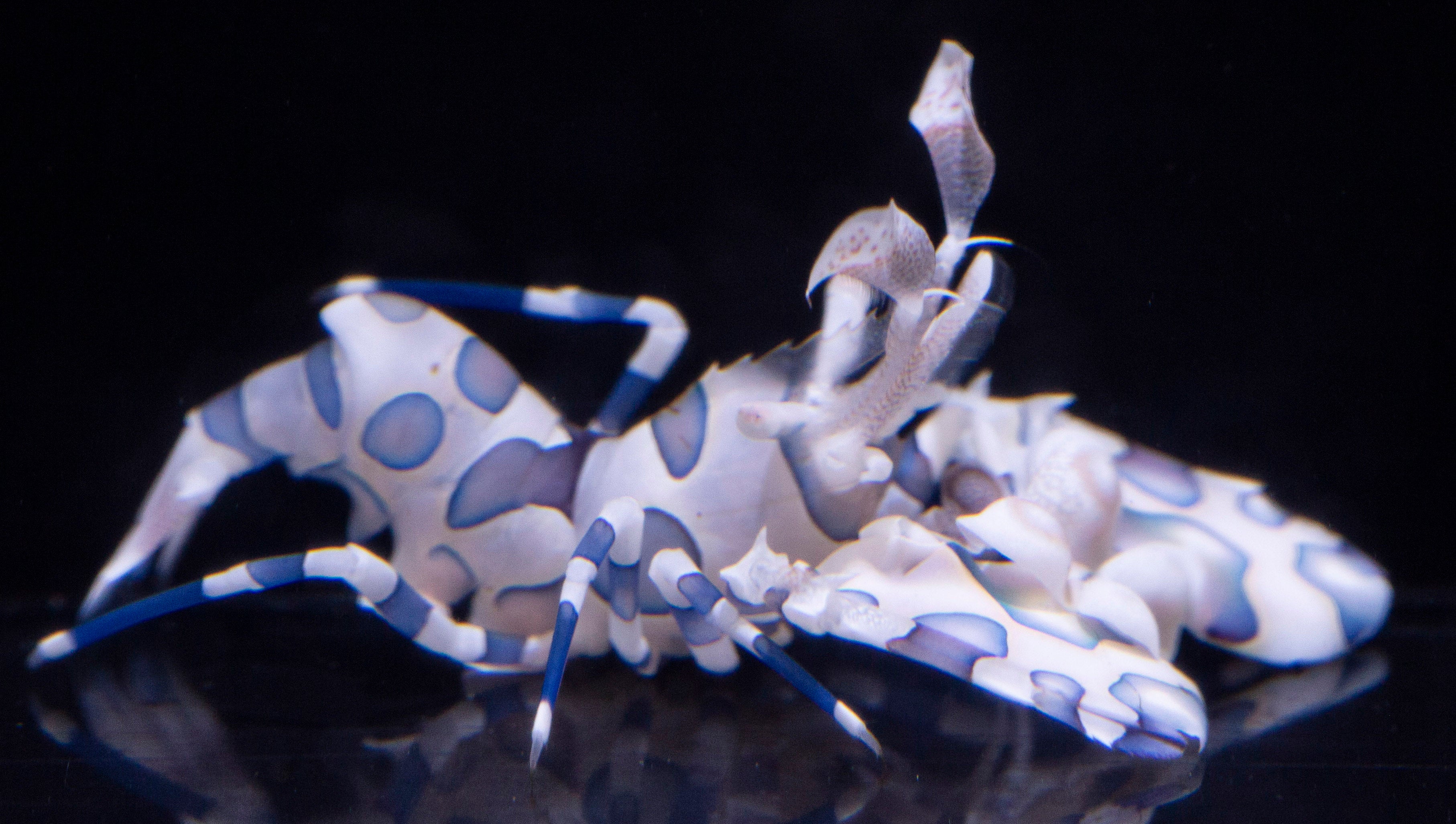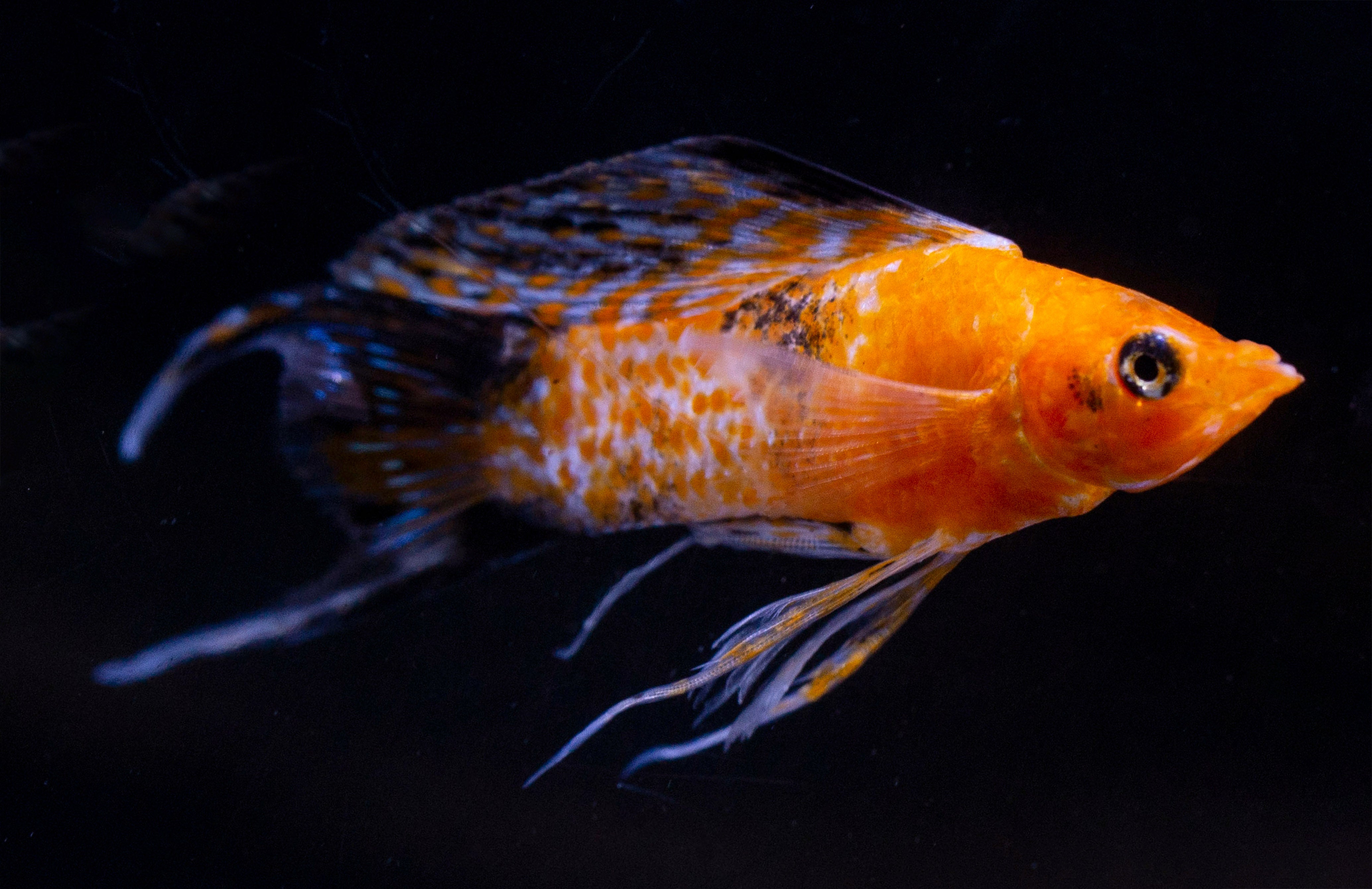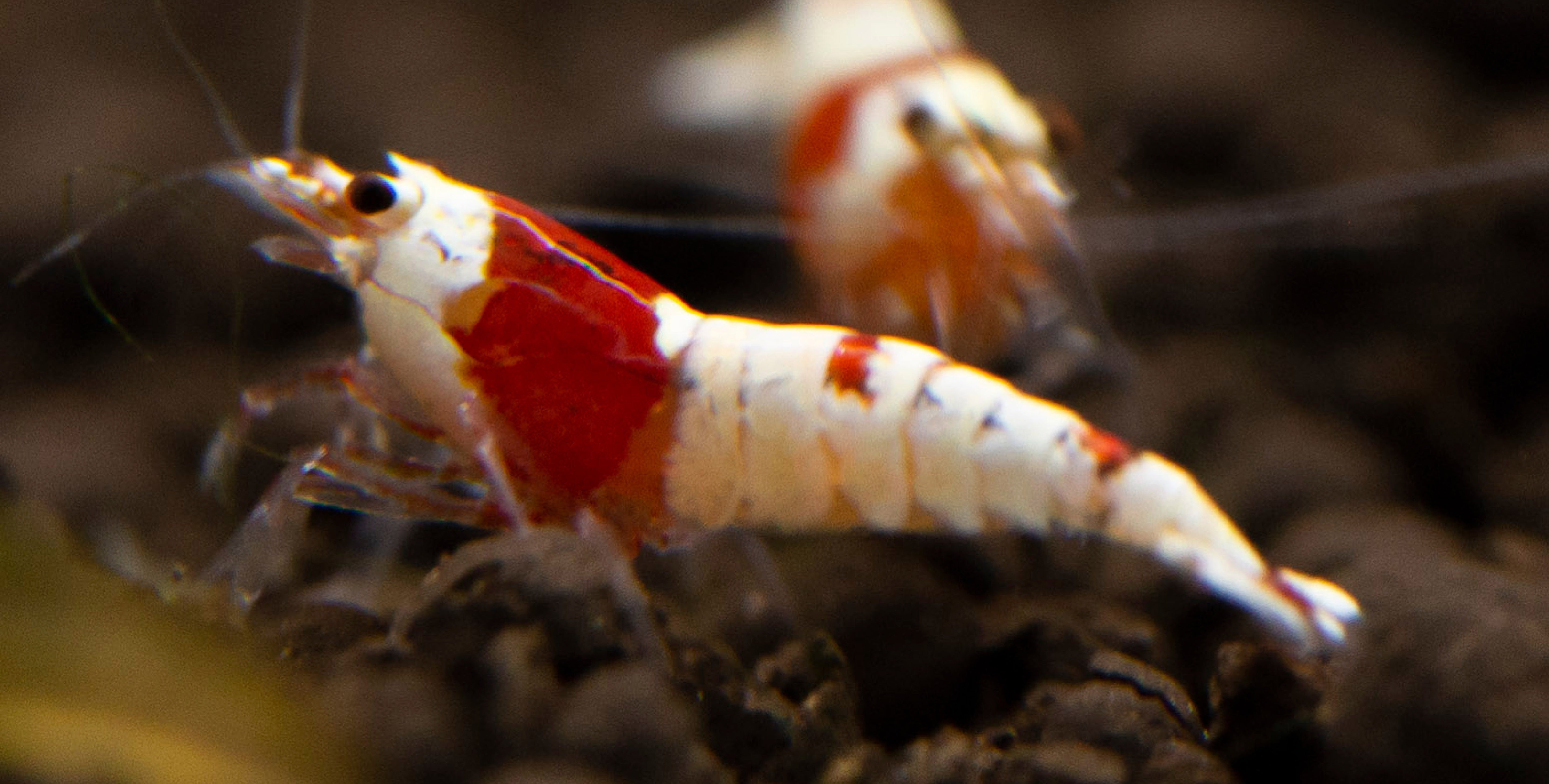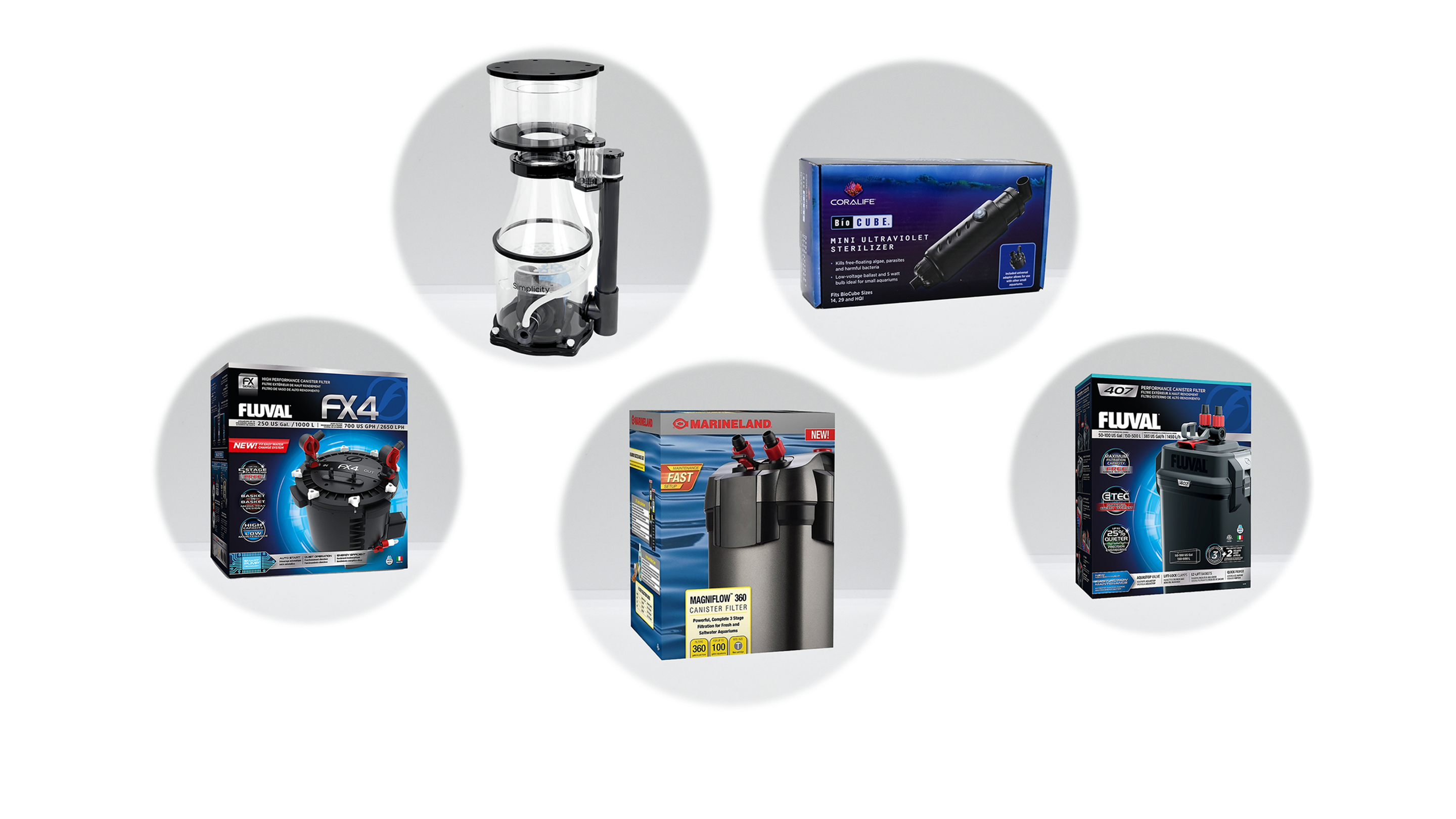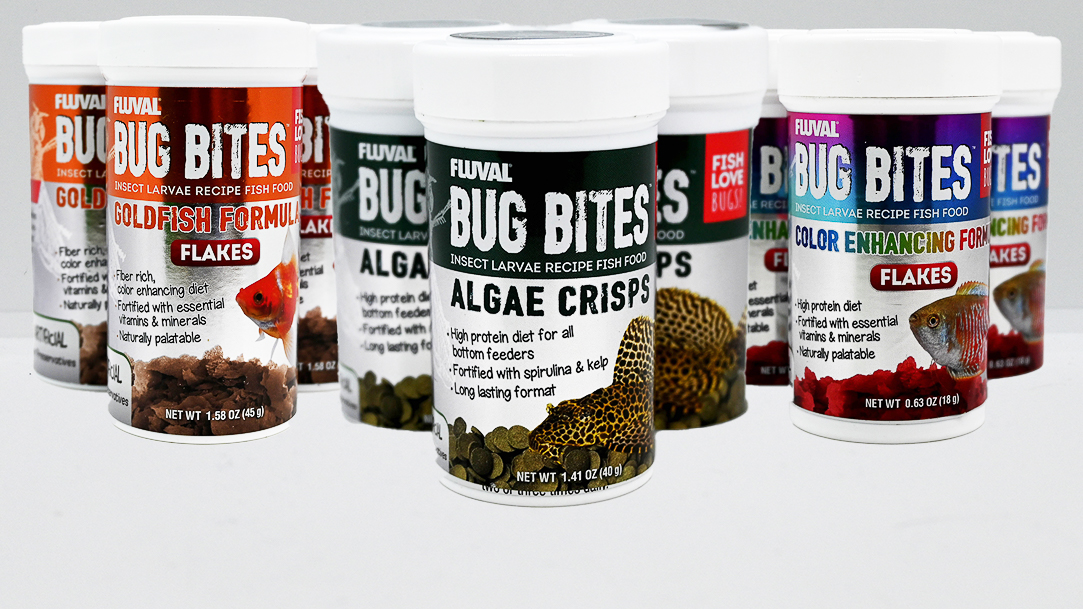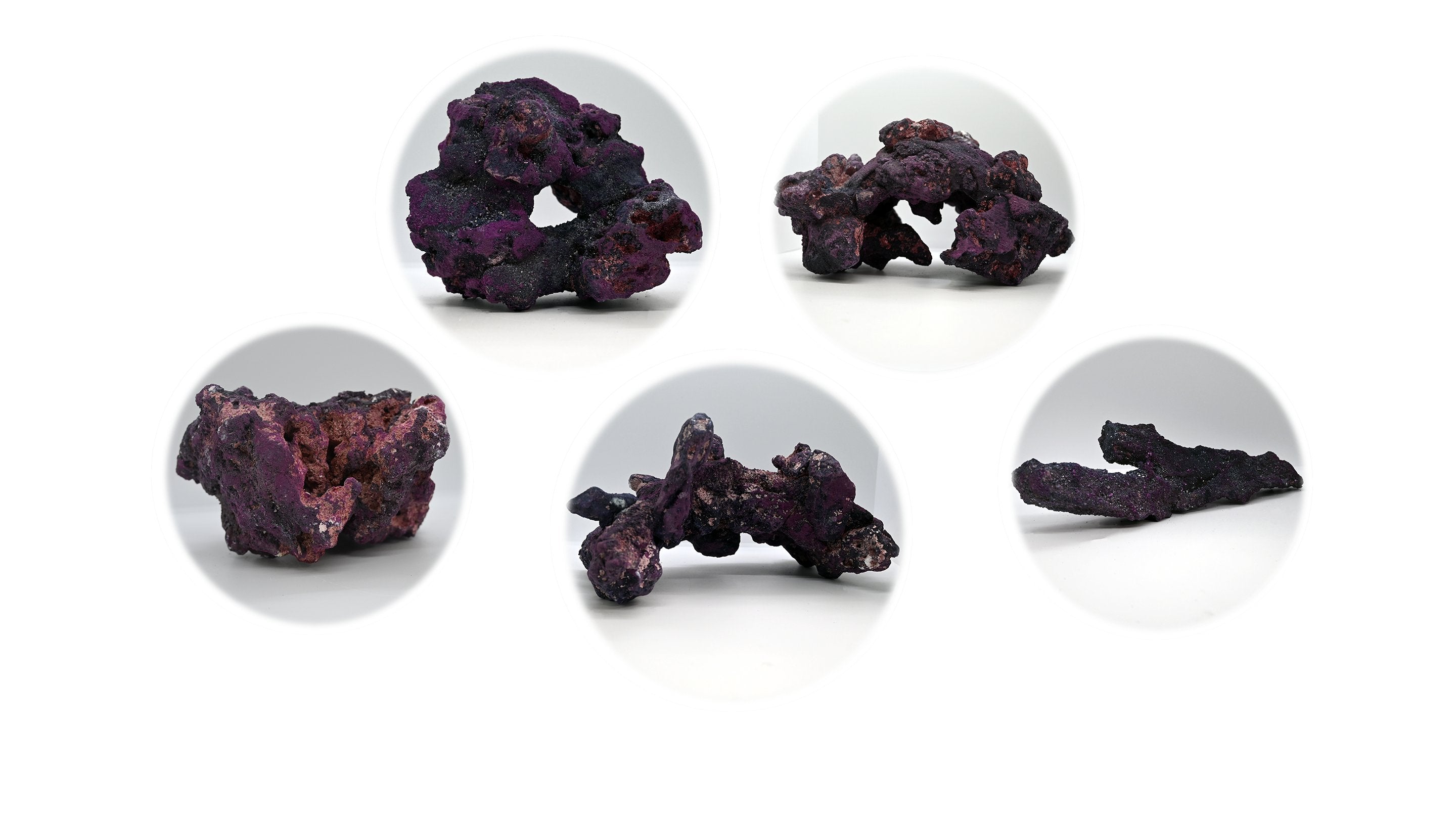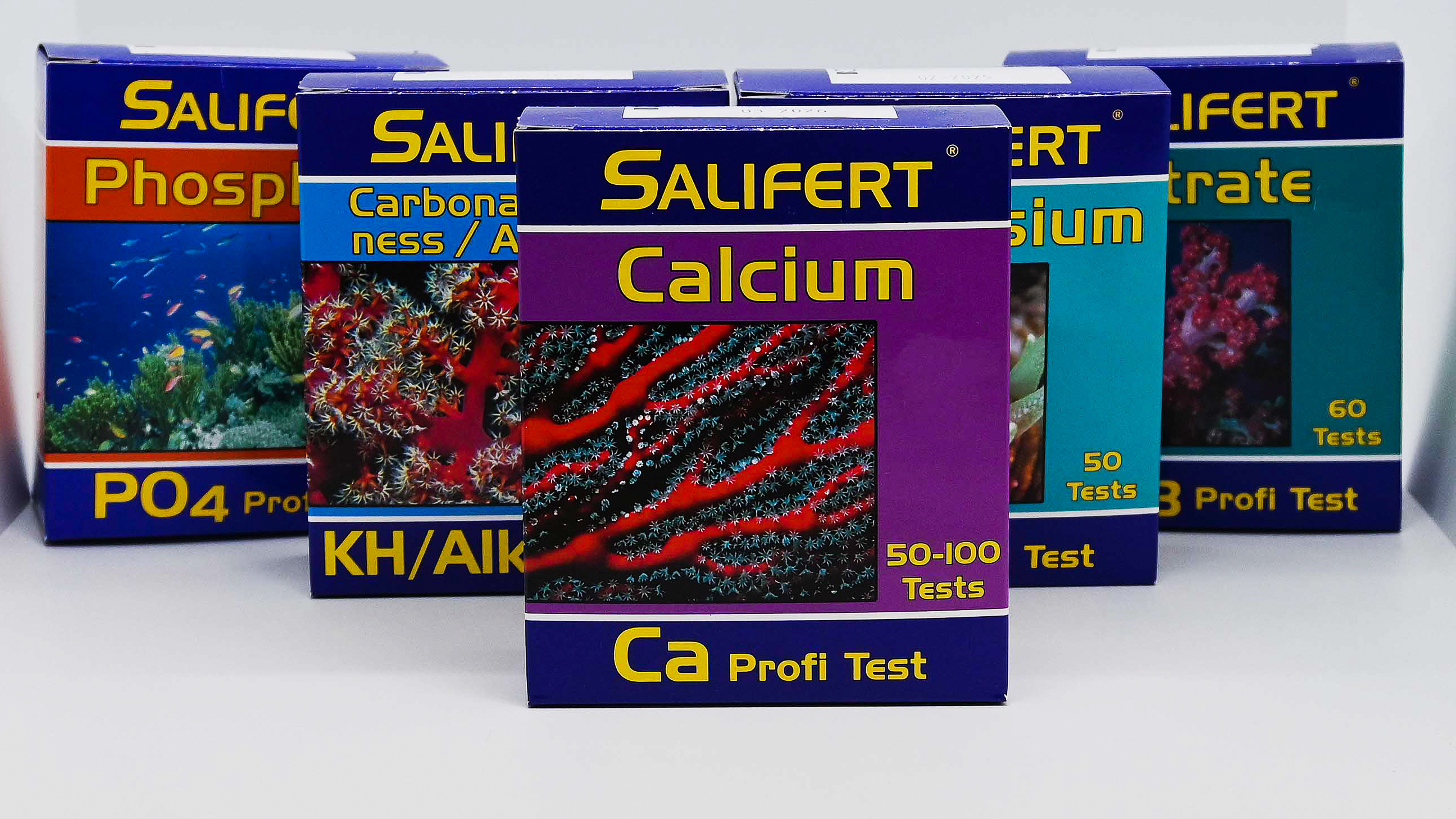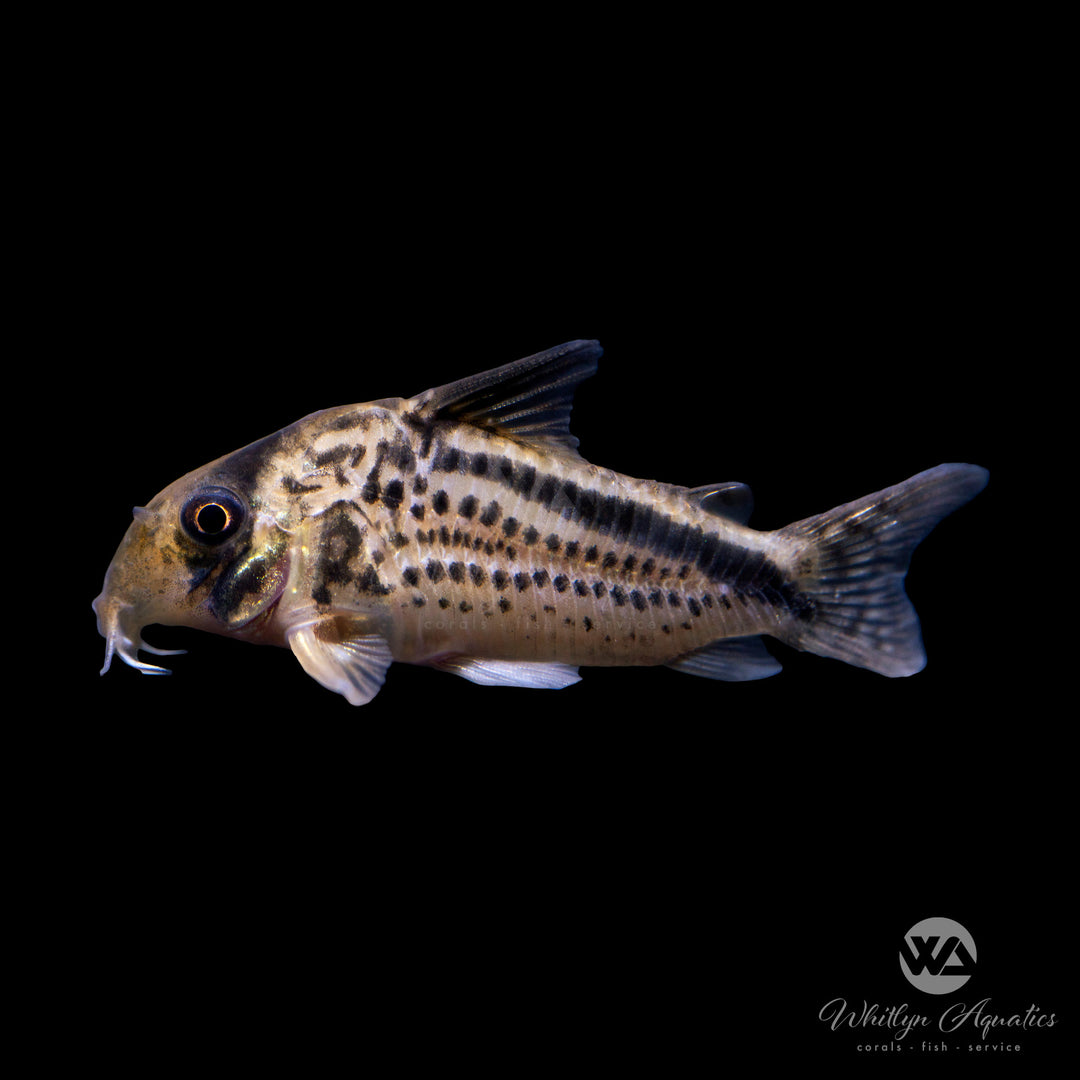
Corydora loxozonus
- In stock, ready to ship
- Backordered, shipping soon
Corydora loxozonus
The Corydora loxozonus is a peaceful and attractive freshwater catfish species known for its distinctive markings and easy-going nature. This small, bottom-dwelling fish is a popular choice for community tanks, appreciated by aquarists for its hardiness and ability to help keep the substrate clean by scavenging uneaten food.
Description:
• Common Name: Loxozonus Corydoras, Skunk Corydoras
• Scientific Name: Corydora loxozonus
• Family: Callichthyidae
• Size: 2-2.5 inches (5-6 cm)
• Color: Typically features a light silver or white body with a bold black stripe running from its nose, along the dorsal fin, to the base of the tail.
Native Region:
The Corydora loxozonus is native to freshwater streams and rivers in South America, particularly in Colombia, where it inhabits slow-moving, well-oxygenated waters with sandy or gravel substrates.
Aquarium Setup:
• Tank Size: Minimum of 20 gallons (75 liters), especially when kept in groups.
• Water Parameters:
• Temperature: 72-79°F (22-26°C)
• pH: 6.0-7.5
• Hardness: Soft to moderately hard water (2-15 dGH)
• Diet: Omnivorous; they feed on a variety of sinking pellets, wafers, and live or frozen foods such as bloodworms, brine shrimp, and daphnia. They will also scavenge leftover food from the tank floor.
Care Level:
• Difficulty: Easy
• Temperament: Peaceful; ideal for community tanks. Corydoras are schooling fish and should be kept in groups of at least 5-6 to thrive and exhibit natural behavior.
• Lifespan: 5-8 years with proper care.
Behavior:
Corydora loxozonus are active, bottom-dwelling fish that spend their time foraging the substrate for food. They are shy and non-aggressive, making them perfect tank mates for peaceful species. They enjoy the company of their own kind and are most comfortable in schools.
Additional Tips:
• Tank Mates: Excellent companions for other small, peaceful species such as tetras, rasboras, and small gouramis. Avoid large or aggressive fish that may stress or harm them.
• Substrate: Soft sand or fine gravel is recommended to protect their delicate barbels, which they use to sift through the substrate in search of food.
• Breeding: Corydoras are egg layers, and breeding can be triggered by simulating rainy season conditions through cooler water changes. The eggs are laid on flat surfaces like plant leaves or aquarium glass.


